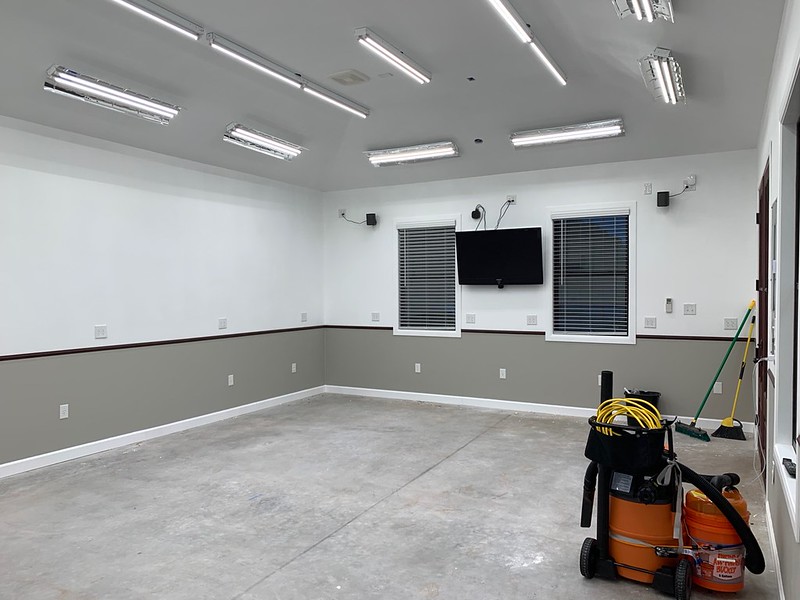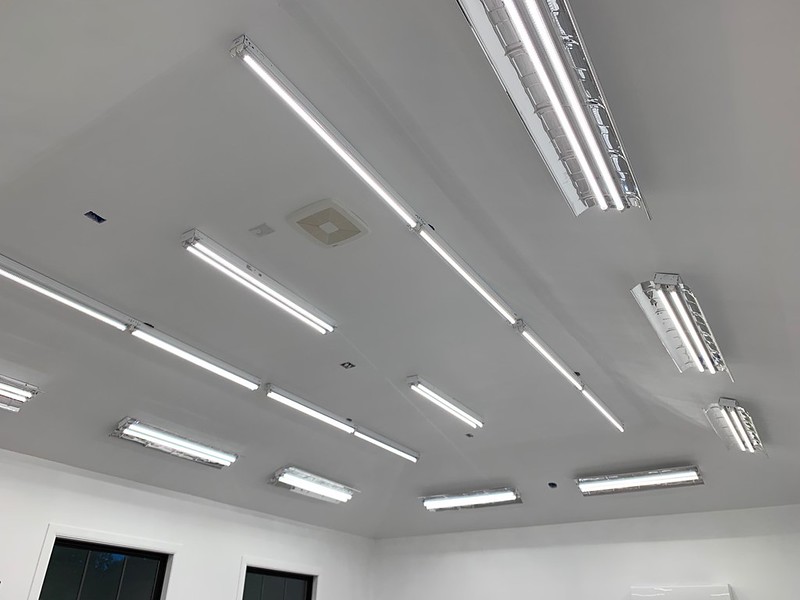Michael, you should definitely embrace the color temperature that you feel most comfortable working with. I will suggest, however, that going "really warm" like in a home's sleeping and communal areas, might not be the best choice for actual woodworking and finishing. 4100 K (which is readily available in LED fixtures) can be a reasonable compromise between the 2700-3000K that's typical for "warm" home lighting and the harsher 5000K+ lighting that some folks prefer. Back when I set up my shop two decades ago and didn't know any better, my T12 fixtures were on the cooler side. I didn't notice at that point how it affected my work until I "accidentally" bought a couple of replacement tubes that were labeled as "daylight". I could see far clearer in that area and I suddenly noticed stuff I was missing. Some of that is very likely due to my eyes, but I do believe that some of it was very much related to my lighting. Everything is at 4100K now since I switched to LED and it's helped my eyesight a lot while working in the shop. I'm probably "over lamped" a little, but I'd rather have more light than not enough. My suggestion for you would be to buy a few sample fixtures/lamps so you can do an actual comparison between the light sources. Preferably, they should be identical fixtures other than color temp if that's at all possible, but at least of the same lumen output.
BTW, I'm with you around the 5000K+ color temps...I like that for my vehicle lighting, but it's too harsh for my eyes in the shop.
--
The most expensive tool is the one you buy "cheaply" and often...







 Reply With Quote
Reply With Quote and the phone app showed 5300 Kelvin.
and the phone app showed 5300 Kelvin.


